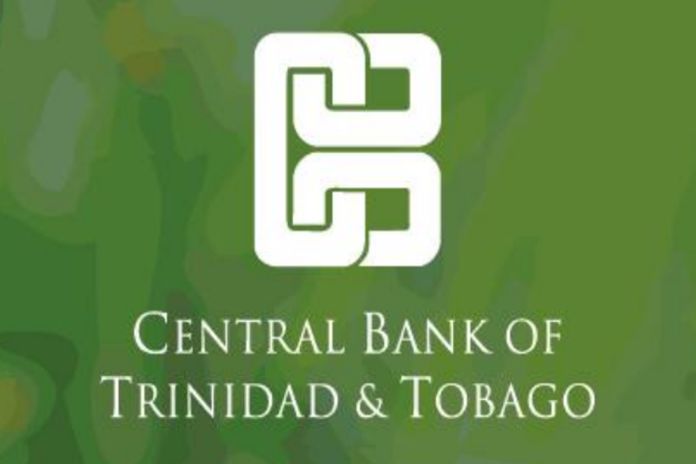PORT-OF-SPAIN, Trinidad – Global economic growth for 2024 is forecast at 3.1 percent, according to the International Monetary Fund, the same rate as estimated for 2023, the bank said in a press release recently:
Most central banks in advanced and emerging market economies have either held their policy rates stable or have lowered their rates in recent months in the context of inflationary developments. In March 2024, the United States Federal Reserve (Fed) maintained its federal funds target range of 5.25 percent to 5.50 percent – unchanged since July 2023.
Domestically, the latest data from the Central Statistical Office (CSO) showed continued economic recovery led by non-energy activity in 2023. Real GDP rose by 3.6 percent (year-on-year) during the second quarter of 2023 compared with 1.4 per cent in the previous quarter. Indicators monitored by the central bank pointed to a continuation of that trend during the second half of the year, with relatively strong performances in the wholesale and retail and the construction sectors.
Meanwhile, the CSO reported a decline in the unemployment rate to 3.2 percent in the third quarter of 2023 compared with 3.7 percent three months earlier.
On the price front, headline inflation rose to 0.8 percent (year-on-year) in February 2024 from 0.3 percent in January. With core inflation (which excludes food prices) remaining at 1.0 percent over these 2 months, food inflation was registered at 0.1 percent, compared with a small decline recorded in January.
Financial sector liquidity remained ample but skewed, alongside continued buoyancy of private sector credit. commercial banks’ excess reserves at the central bank stood at $4.5 billion in late March 2024. Over the past few months, public sector domestic capital market activity led 2 to relatively large fluctuations in the liquidity positions of some financial institutions, leading them to occasionally borrow on the interbank market or the Central Bank to satisfy their reserve requirements.
In the 12 months to January 2024, financial system credit grew by 7.9 per cent, driven by lending to businesses (11.5 per cent) and consumers (9.8 percent), while real estate mortgage credit grew by 4.7 per cent, slower than the 6.9 percent growth evidenced in December 2023.
In the context of government domestic financing activities, interest rates on 3-month treasuries in Trinidad and Tobago have trended upwards, rising by 9 basis points in January and a further 12 basis points in the six weeks to mid-March 2024. The rise in these rates has led to some narrowing in interest differentials with the United States; the indicator of TT-US interest rate differentials on 3 month treasuries moved to -432 basis points in February 2024 from -440 basis points in November 2023.
The Monetary Policy Committee (MPC) took note of global economic conditions and the uncertainties with respect to the policy paths of major central banks. The MPC observed that the Trinidad and Tobago economy continued on a path of steady recovery, supported by good credit expansion. At the same time, inflation remained at less than 1 percent and short-term interest differentials, while still relatively wide, have started to narrow.
Taking all these factors into account, the MPC agreed to maintain the repo rate at 3.50 percent. The central bank will continue to carefully monitor and analyse international and domestic developments and prospects. The next monetary policy announcement is scheduled for June 28, 2024.





